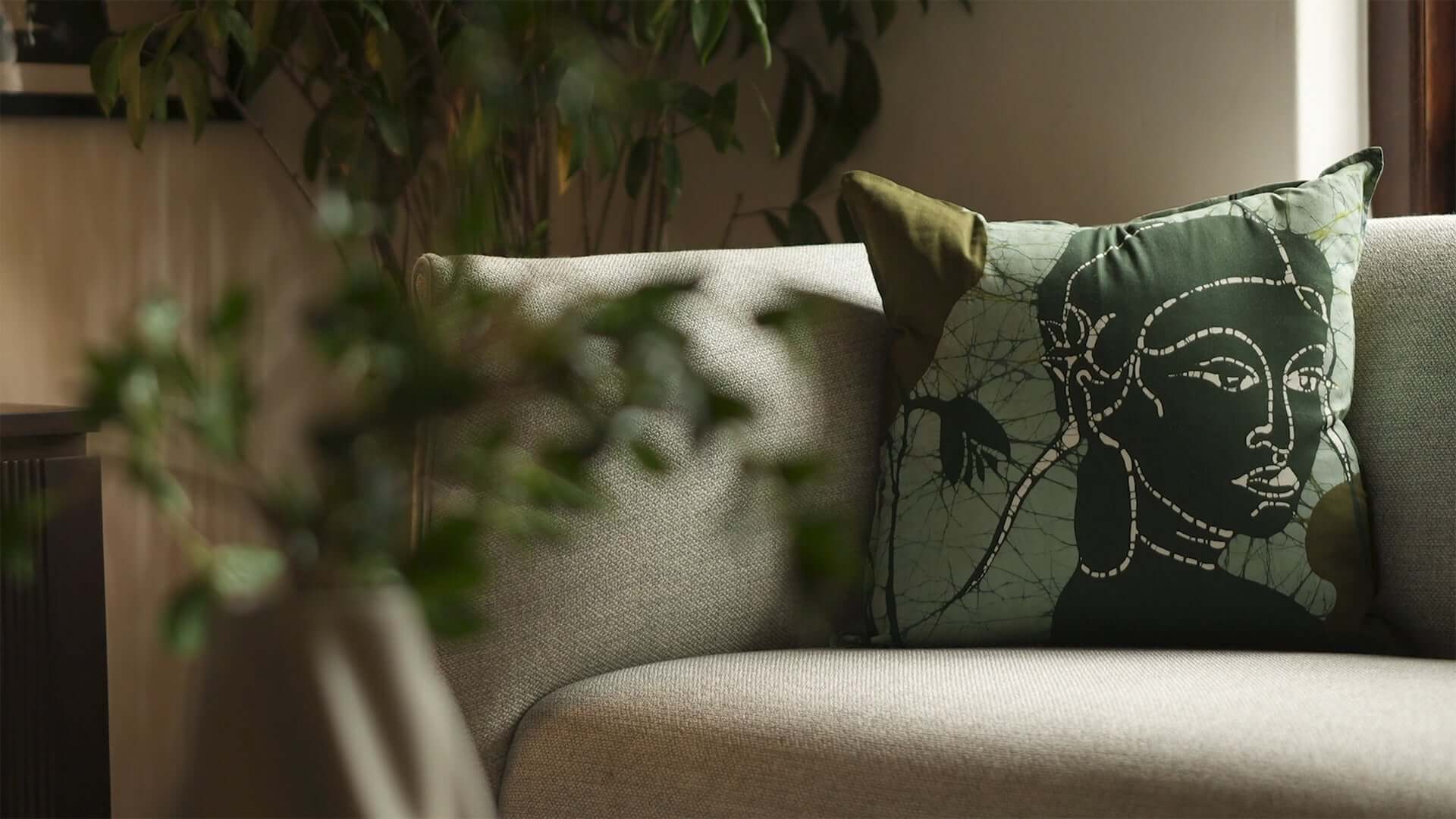The Art of Batik: A Seven-Step Journey
Sourcing and Preparing the Fabric
Our batik process begins with selecting high-quality, locally sourced fabric to minimize transport emissions and support nearby textile makers. The fabric is washed, sun-dried, and pressed, creating a natural base for dyeing without harsh chemicals. This sustainable approach conserves energy and reduces our environmental impact from the very start.
Applying the Wax
Artisans apply natural beeswax to outline patterns, preventing dye from reaching specific areas of the fabric. Beeswax’s resilience enables detailed, controlled designs, applied carefully by hand to minimize waste. Leftover wax is reused, reinforcing our commitment to eco-friendly practices and reducing material waste.
Dyeing
Artisans carefully manage dye and water usage, immersing the fabric so color reaches only the unwaxed areas. This approach reduces waste and protects local water resources, creating a cleaner, eco-conscious production process.
Sun Drying
After dyeing, the fabric is sun-dried for about 10 hours, using natural sunlight to enhance color vibrancy. This eco-friendly method saves energy and reduces emissions, perfectly suited to the sunny conditions of Sri Lanka. Sun drying supports sustainable practices and minimizes environmental impact.
Removing the Wax
After drying, artisans carefully remove the wax using traditional techniques such as scraping, boiling, or ironing. This process preserves the fabric and allows for the recovery and reuse of wax in future projects, minimizing waste. By focusing on low-waste methods, we support a resource-efficient, eco-friendly approach.
Boiling and Final Washing
After wax removal, the fabric is boiled to set the color and remove any leftover dye. Artisans use natural, plant-based detergents, avoiding harsh chemicals and preserving fabric quality. Water usage is carefully managed, especially during Sri Lanka's monsoon season, to conserve resources and minimize environmental impact.
Final Drying and Tailoring
After the final wash, the fabric is sun-dried to set colors naturally, ensuring durability without artificial dryers. Local tailors then craft the fabric into finished products, efficiently using materials and repurposing scraps to minimize waste. This collaboration fosters a circular economy, supporting both local artisans and zero-waste practices.
Explore Our Collections



Our Story
Kohomba crafts timeless decorative pieces that weave together art, elegance, culture, and beauty. Each creation is a masterpiece, brought to life by the deft hands of our artisans, whose unparalleled craftsmanship infuses every piece with soul and story.






"Every time you make the hard, correct decision you become more courageous & every time you make the easy, decision you become a bit more cowardly. If you are CEO, these choices will lead to a courageous or cowardly company."
